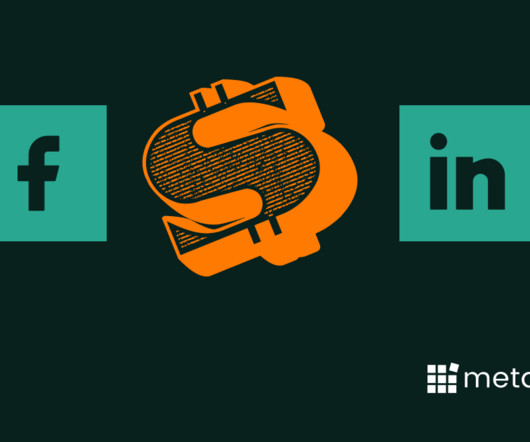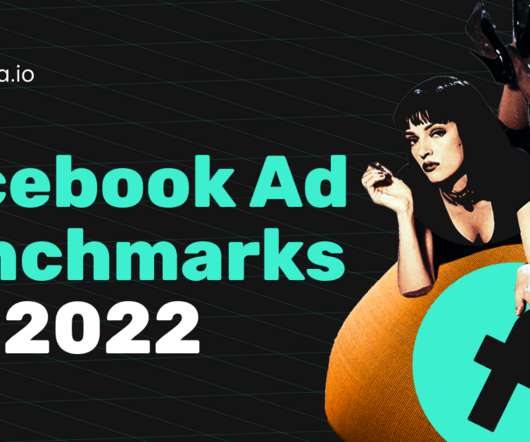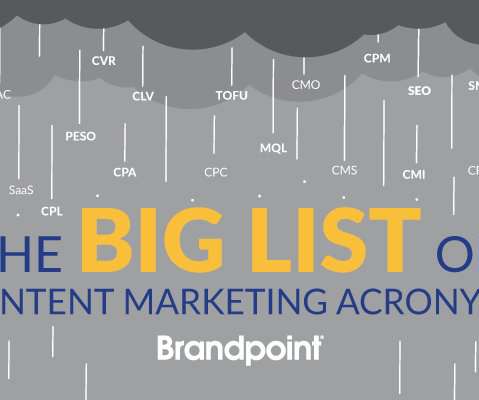Is paid social advertising still worth it in 2023?
Metadata
SEPTEMBER 28, 2023
Like almost every B2B company on the planet, I knew my success would hinge largely on paid social advertising. After a few months, my cost per lead (CPL) was $3k, and I was in a frenzy. I hired an agency. If it still isn’t working, I’ll grab a shovel and help you bury paid social for good.”















Let's personalize your content